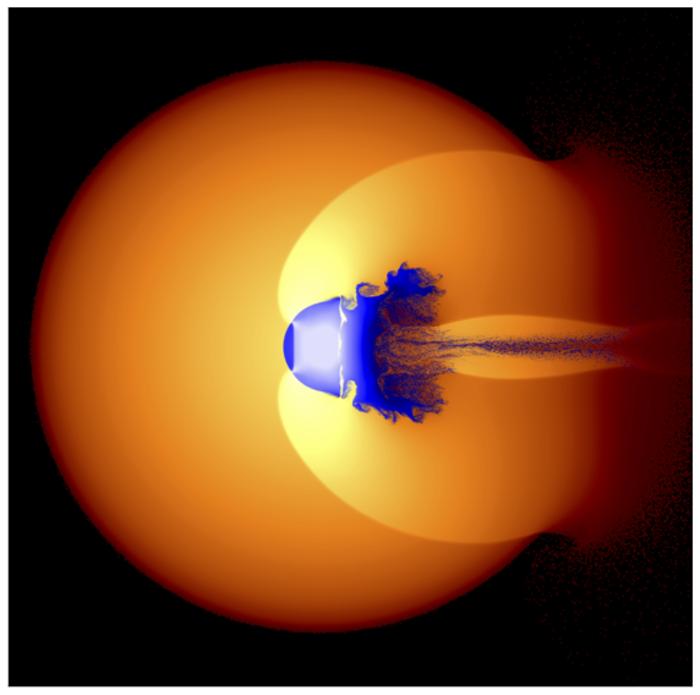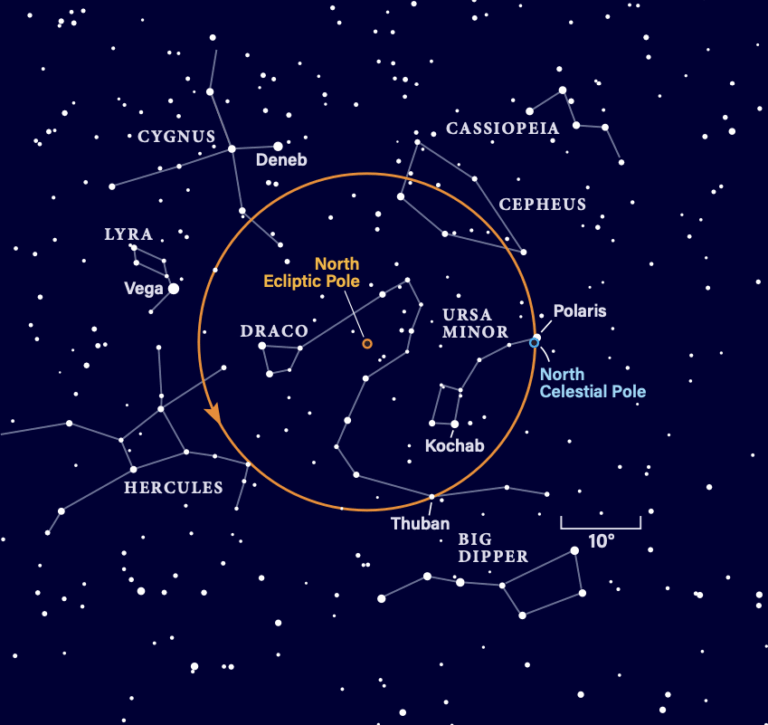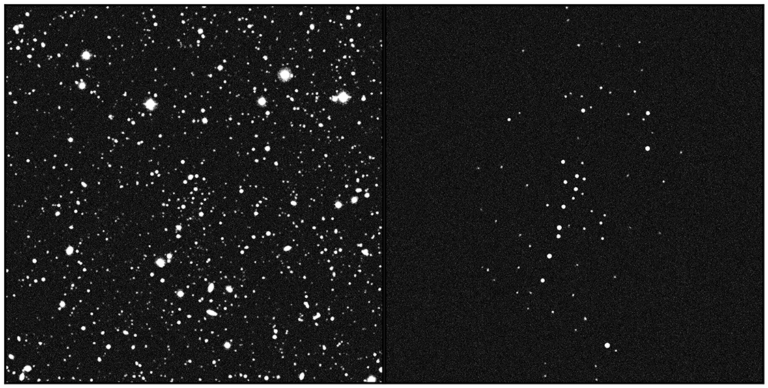
Key Takeaways:
Hi folks, tune in every week of 2023 for the best in astronomy from Astronomy Editor Dave Eicher, brought to you by Celestron.
This week, we’ll discuss dark matter, an invisible and mysterious form of matter that has enormous implications for the ultimate fate of our universe.
Dark matter was posited by Dutch astronomer Jan Oort in the 1930 when he studied star motions in the Sun’s neighborhood. Because the galaxy was not flying apart, he reasoned, enough matter must reside in the disk to keep the stars from moving away from the galaxy’s center. Oort postulated that in the Sun’s neighborhood, three times as much dark matter existed as bright matter.
Stronger evidence came later as astronomers examined the luminous disks and halos of galaxies, studying their rotation curves to get a glimpse into how some dark matter is distributed.
Other clues for the existence of dark matter come from studying galaxy clusters. Also in the 1930s, American astronomer Fritz Zwicky deduced that much larger clouds of dark matter exist in the Coma cluster of galaxies, about 300 million light-years from Earth. By looking at the Doppler shifts of individual galaxies in the cluster, Zwicky concluded that 10 times more mass than was detected via visible light must be present to keep the galaxies gravitationally bound.
One of the great mysteries of recent decades centers on a very basic question about dark matter: What exactly makes up this stuff? Over the years, scientists have proposed many different possibilities, and each has its own strengths and weaknesses in terms of explaining astronomers’ observations. They include massive numbers of normal neutrinos; MACHOs (massive compact halo objects) such as brown dwarfs, neutron stars, and black holes; and WIMPs (weakly interacting massive particles) such as exotic particles, axions, massive neutrinos, and photinos.
Whatever it consists of, dark matter carries enormous implications for the structure and future of the cosmos, as it accounts for 26 percent of the universe’s total mass-energy.
For more information on the potential explanations for dark matter, see here: https://astronomy.com/news/2018/09/what-is-dark-matter
Follow Astronomy magazine, the world’s best-selling astronomy magazine:
Website: https://astronomy.com
Subscribe: http://subscribe.astronomy.com
Facebook: https://www.facebook.com/AstronomyMagazine
Instagram: https://instagram.com/astronomy.magazine
Twitter: https://twitter.com/AstronomyMag
Shop Celestron telescopes:
Website: https://celestron.com
Follow Dave Eicher:
Facebook: https://www.facebook.com/davidjohneicher/
Instagram: https://instagram.com/eicher.david
Twitter: https://twitter.com/deicherstar









